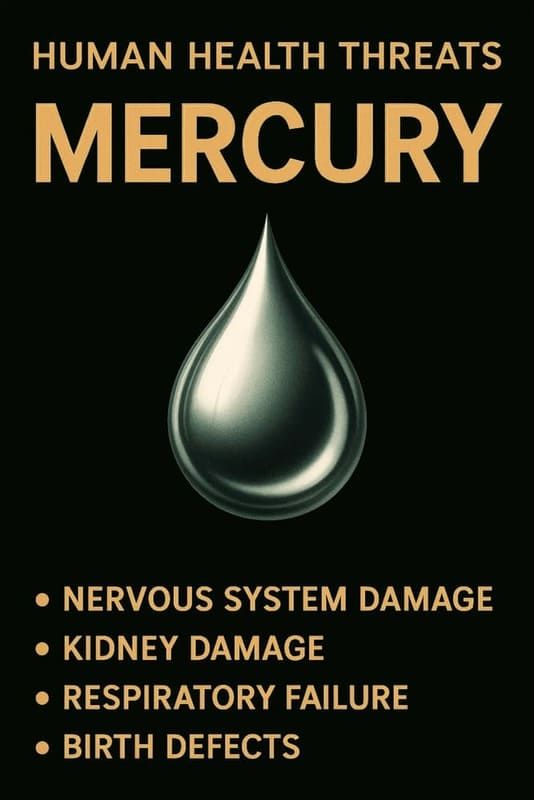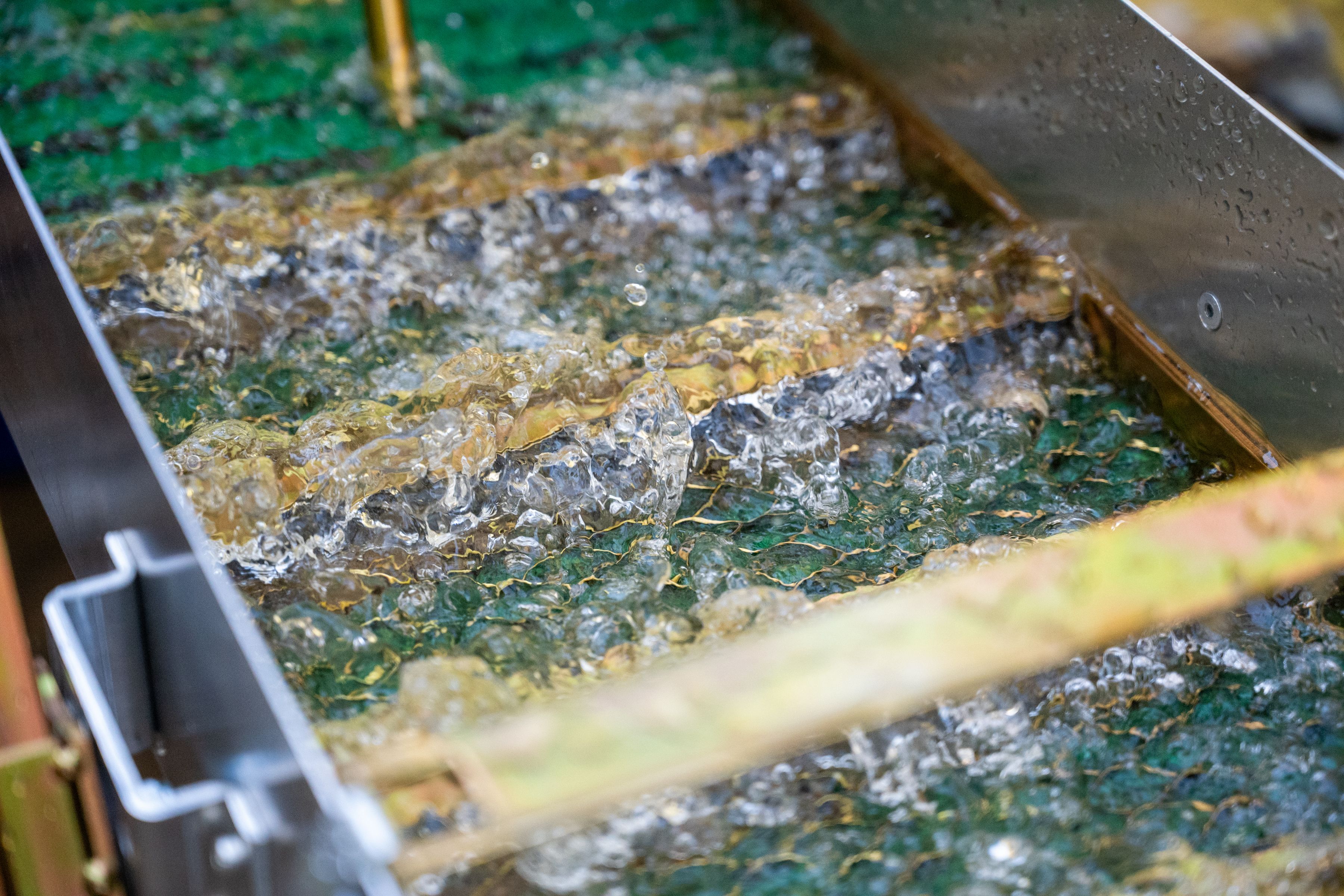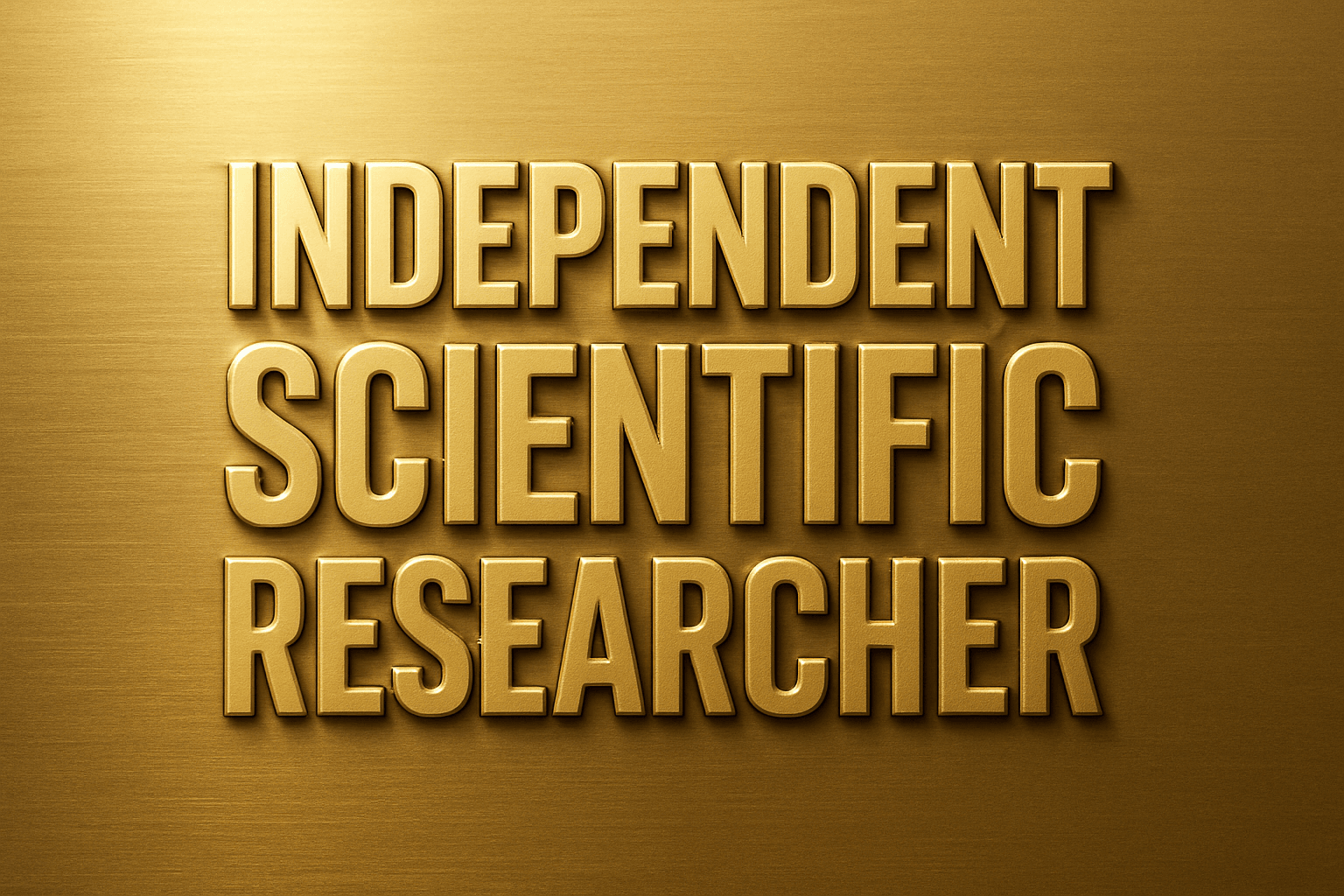Innovative Strategies to Eliminate Mercury Use in Artisanal Gold Ore Prcessing.
Understanding the Impact of Mercury in Artisanal Gold Mining
Artisanal gold mining is a critical livelihood for millions of people globally. However, it often involves the use of mercury, a toxic element that poses serious environmental and health risks. Mercury pollution from mining activities affects water bodies, soil, and air, leading to long-term ecological disturbances.
The need to eliminate mercury use in artisanal mining is pressing, not only to protect the environment but also to safeguard human health. Innovative strategies and technologies are emerging to address this challenge effectively.

Promoting Mercury-Free Mining Techniques
Gravity Concentration Methods
One of the most effective approaches to reducing mercury use is the adoption of gravity concentration techniques. These methods utilize the natural density differences between gold and other minerals to separate them without chemicals. Techniques such as sluicing, shaking tables, and centrifuges can significantly reduce or eliminate the need for mercury.
Flotation Techniques
Flotation methods offer another promising solution. By introducing air bubbles into a slurry of crushed ore, gold particles are encouraged to attach to the bubbles and float to the surface. This allows for the separation of gold without the use of mercury, providing a cleaner and safer alternative.

Implementing Educational Programs
Education plays a crucial role in transitioning away from mercury. By providing training and resources, miners can learn about safer and more efficient methods. Community workshops and partnerships with organizations help disseminate knowledge and encourage the adoption of new techniques.
Additionally, promoting awareness about the health and environmental hazards of mercury can drive change. Empowering miners with information can lead to a collective shift toward sustainable practices.

Governmental and International Support
Policy and Regulation
Effective policies and regulations are essential to facilitate the transition to mercury-free mining. Governments can provide incentives for miners to adopt cleaner technologies and impose penalties for continued mercury use. International agreements, like the Minamata Convention, aim to reduce global mercury pollution and support national efforts.
Funding and Resources
Access to funding and resources is critical for implementing innovative strategies. Investments from government bodies, NGOs, and private sectors can provide the necessary support for research, development, and deployment of alternative techniques.

Looking Ahead: A Sustainable Future
The journey to eliminate mercury in artisanal gold mining is challenging but achievable. By embracing innovation, fostering education, and strengthening policy frameworks, a sustainable and mercury-free future is within reach. Continued collaboration among stakeholders will ensure that progress is made, benefiting both the environment and the communities that rely on mining.
